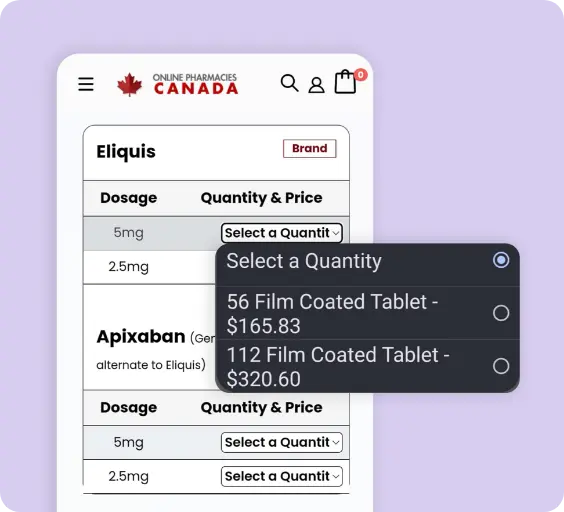Epinephrine injection can be administered via a prefilled automatic injection device or via vials. The solution can be injected subcutaneously (under the skin) or intramuscularly (into the muscle). Epinephrine injection should only be administered as directed by your doctor and should not be injected more or less frequently than prescribed.
Talk to your doctor about these symptoms and know how to recognize signs of a serious allergic reaction. Keep your automatic injection device with you or available so you can quickly administer epinephrine if needed. Be sure to check the expiration date on the device and replace it when needed. Additionally, periodically inspect the solution in the device and if it is discolored or has particles, contact your doctor for a new injection device. Epinephrine injection can help treat serious allergic reactions, but it should not be a substitute for medical treatment.
If you inject epinephrine, seek emergency medical treatment immediately. Wait quietly for medical attention. Most automatic injection devices have enough solution for one dose. If your symptoms persist or return after the first injection, your doctor may advise you to use a second dose with a new device. Make sure you know how to administer the second dose and when to do so. Only healthcare providers should give more than two injections for a single allergic episode. Inject epinephrine only in the middle of the outer side of the thigh and through clothing, if necessary, in an emergency.
If administering to a child, ensure their leg is firmly held in place. Do not inject epinephrine into other parts such as fingers, hands, feet, or buttocks, or into a vein. Never cover or touch the needle area of the injection device, as this can result in accidental injection. Seek emergency medical attention if epinephrine is accidentally injected in these areas. After injecting, some solution will remain in the device. This is normal, and you should not use extra liquid. Dispose of the remaining liquid and device safely. Take the used device to the emergency room or ask your healthcare provider how to properly dispose of it.

 Prescription Required
Prescription Required
 Formulation: Injection
Formulation: Injection
 Prescription Required
Prescription Required
 Formulation: Injection
Formulation: Injection





















REVIEWS